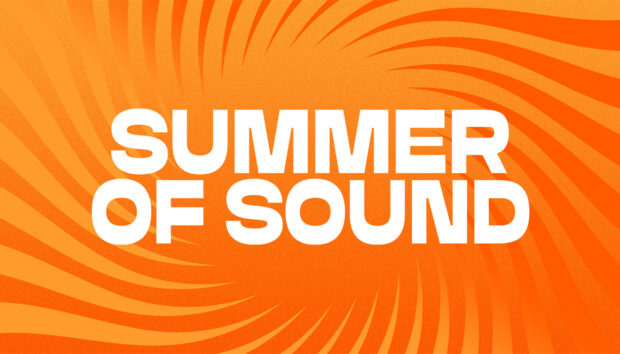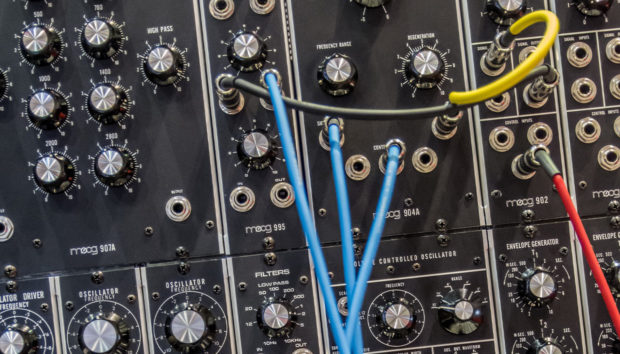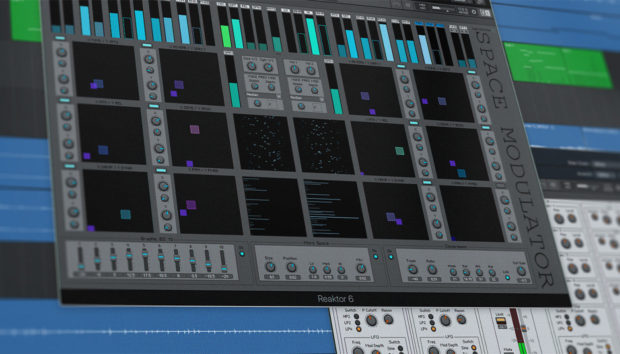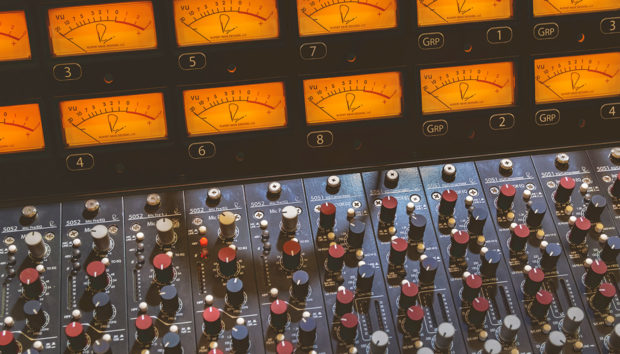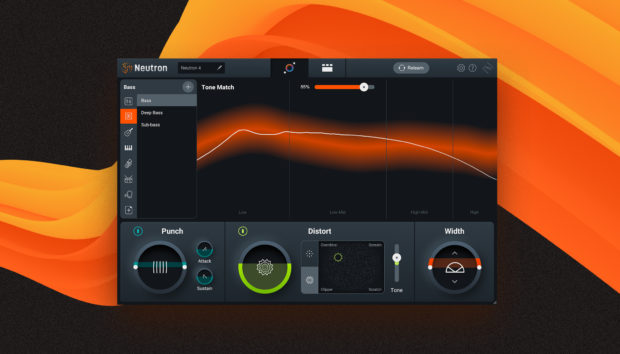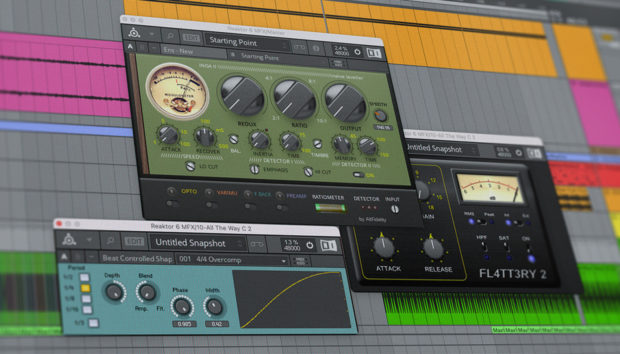
Rolling into the second day of the 2018 Native Summit at NAMM, discussions about the future of sound design and music creation came to the forefront. REAKTOR and KONTAKT were the day’s focal points, along with discussions as to the new slate of development tools that will soon be making their way into the NI ecosystem.
The day began with a talk by director of products for KOMPLETE, Patrick Arp, who discussed how REAKTOR and KONTAKT will be further empowering creators. “Thanks to you guys, NKS picked up really well, and we can proudly say that we established a real standard for unified control of software instruments,” Arp said, addressing the audience of developers, producers and press. Arp noted that to date, over 60 partners have released over 350 NKS instruments, with many more in the making from the likes of Waves, Eventide, and Softube. In fact, as announced yesterday, the integration of effects into NKS will bring over 100 products into the NKS ecosystem by spring.
Excitingly, REAKTOR and KONTAKT plug-in developers will now be able to not only monetize their creations, but also find larger audiences. KONTAKT product owner Dinos Vallianatos, whose talk was focused on improving workflows for instrument developers, gave some insight into the nature of tools development at NI. “We spent a lot of time this year looking at KONTAKT and how it’s used, talking to a lot of you, researching old and new technologies used by us and others,” said Vallianatos. He and his team came up with something they’re calling Kreator Tools — a standalone suite of tools designed for developers to bring their sound and instrument ideas to reality.
“The trust musicians and producers around the world have shown us through the years is something we’re very grateful for,” Vallianatos continued, pointing out how the new tools integrate seamlessly with KONTAKT. With the new workflow, users can launch KONTAKT standalone, or as a plug-in, and have the Kreator Tools connect to it — working directly on the final, running instrument, even launching multiple instances with multiple instruments loaded on each. “There’s no more need for building, compiling, loading, and reloading; instead, Kontakt and these tools live side by side, talking directly to one another,” Vallianatos said. This clear separation between development and playback software allows for NI to design and build the tools with only developers in mind and without compromise, while KONTAKT itself isn’t diluted or complicated for the end user.
Insights from sound and instrument designers
Equally exciting developments are happening in the world of REAKTOR, as explained by Robert Linke, who broke down the REAKTOR ecosystem — both what it’s comprised of, and what its users want more of. REAKTOR developers will now be able to commercially distribute their creations as well, and Linke explained how Native Instruments will help those developers extend their reach, protect their creations, and connect their products to the NKS hardware ecosystem.
I see it as a new tool not just for making music, but also experiencing and interacting with music
In the spirit of highlighting KONTAKT content developers, Native Summit’s “Sampling the World” panel brought together some of the ecosystem’s top-tier content purveyors. “We’re very interested in space; sampling is different from music production, in that you need to think about how your users are going to use what you make,” said Andrew Keresztes, CEO and Founder of Audiobro. “Something like too much ambiance, for instance, might not always fit your users’ needs.”
“It’s about finding a mic that hears the way my ears hear,” added Mike Peaslee, director of operations at Soundiron, about the recording process. “Every library is a color of paint; we want to make sure we have primary colors before getting off into the weirder hues.” From the user side, of course, all of this creative output on the content creation side means that we live in a time of plenty. “I got to thinking about how spoiled we are for choices, which can actually be an impediment,” said Grammy- and BAFTA-winning music producer and composer Marius de Vries. “We have so many library choices for everything.”


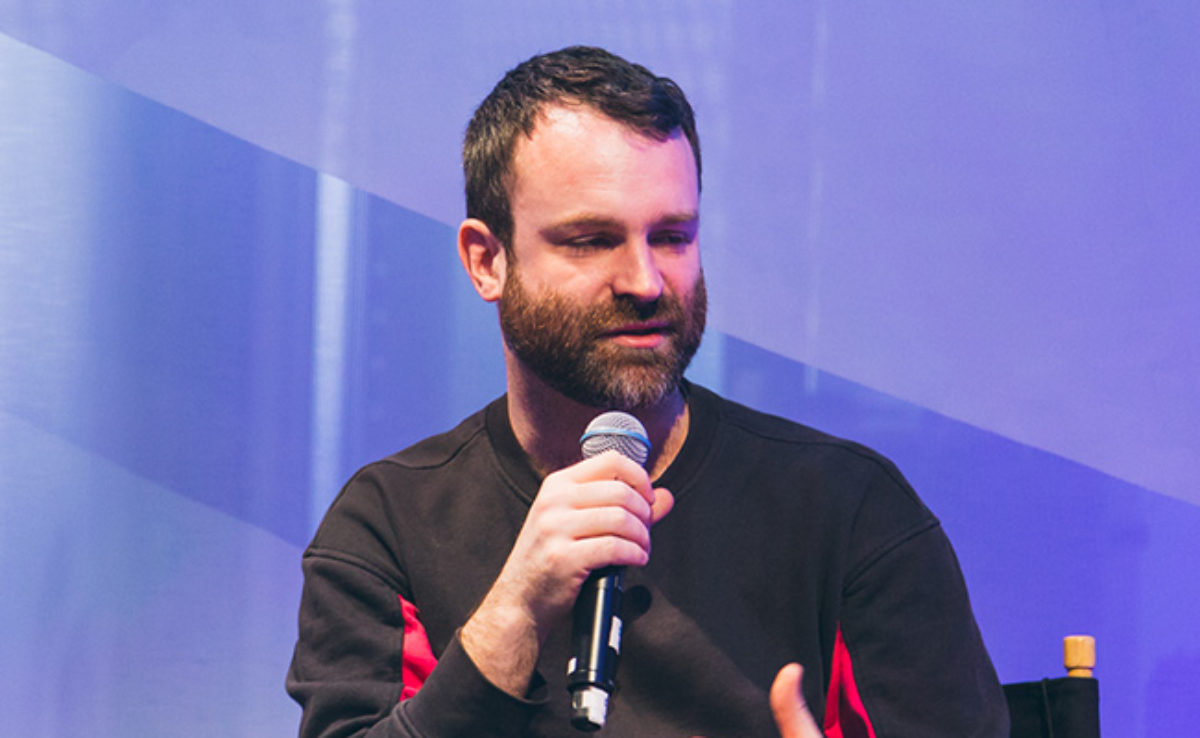

The day closed with a panel of experienced sound designers and instrument developers, including Deru, Michael Hetrick, and Tim Exile, in a wide-ranging discussion on sound and instrument design with REAKTOR. “I’m more and more thinking about the purpose of music being ‘joy’ and not ‘tracks,’” Tim Exile said, referring to his experience with making REAKTOR plug-ins. “You may create an artifact like a song, but that’s not necessarily the point.”
“I always try to create a good user experience — to focus on something that’s cool and fun,” added Sylvain Stoppani from Blinksonic. “I see it as a new tool not just for making music, but also experiencing and interacting with music.”








